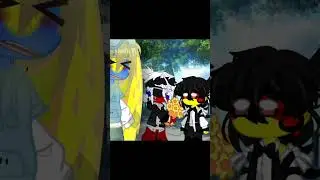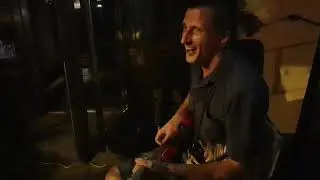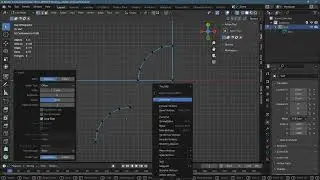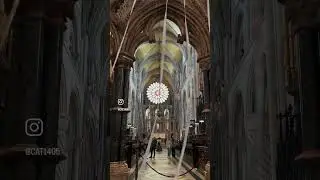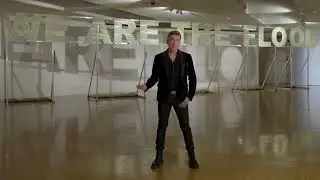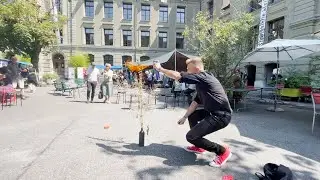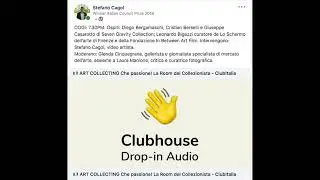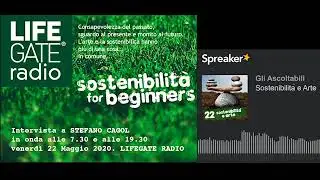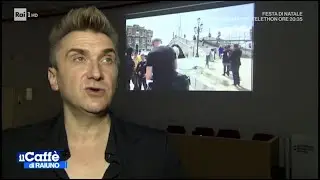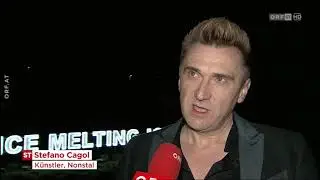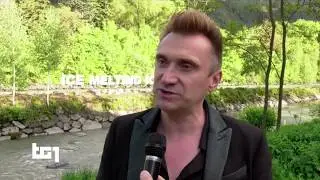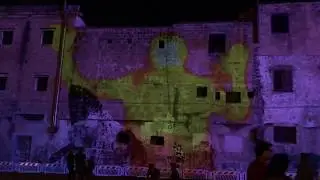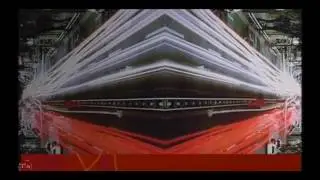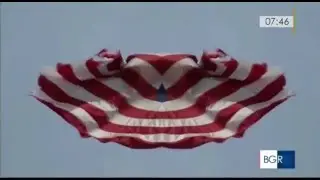LIFEGATE Radio: Stefano Cagol interview. “Sustainability for beginners” . May 22, 2020
GLI ASCOLTABILI, here the full podcast: https://www.gliascoltabili.it/podcast...
"Sustainability for beginners": here we are again on Lifegate Radio, I am Giovanni Campo and today we approach the end of the week dedicated to the links between sustainability and art.
In the debate on sustainable development, we often talk about Anthropocene, the current era, ours, characterized by human intervention on Earth, an intervention that has reached unsustainable levels.
We reach a leading name in contemporary art that for years has been reflecting on climate change and denouncing the influence that our choices have on the environment: the Trentino artist Stefano Cagol.
To introduce him we only need to remember one of his most famous works: "The Ice Monolith". Presented at the Venice Biennale 2013, it was a 1400 kg block of ice that had been placed on the shore so that passers-by could watch it gradually melt over three days. The work represented the disappearance of the glaciers, but also the threat of disappearance of the Maldives archipelago, which that year presented their pavilion at the Biennale for the first time.
One understands how reflecting on climate change also means reflecting on the concept of time. Perhaps today more than ever, while we are literally forced to immobility because of the Coronavirus, while time seems to have stopped for us, we see how the Planet goes on even without us.
GC: We ask Stefano Cagol how the current situation affects his research in this sense.
Stefano Cagol: We have the illusion of dominating nature. What we can notice is that, in this quarantine period, the air is cleaner and probably nature would take over the Planet again in a more balanced way without this antagonistic position of ours.
"Antagonismus" is the title of a performance I did in Berlin last January. The true representation of our position toward nature, which is parasitism, predation, competition.Here, with water up to our knees, in a Berlin lake, with flaming fire and penetrating the surface of the water. Paradoxically my action was revealed in a metropolis, a capital city in total solitude, with a tripod. Perhaps, somehow, it could be seen as a premonitory gesture.
Concerning time, for example, another work from last year entitled "Eterno (Eternal)". A writing in ice, with the help of burning aerosols and hammer blows that go to destroy this ice, this eternity of nature that we are not able to respect.
GC: We wonder if for Cagol art has value more as a mirror of the present or as an anticipation of the future.
SC: Art, when it is well done, is certainly visionary. It is an indispensable characteristic to trigger an idea of possible futures. I remember, for example, when in 2006 I conceived and placed a monumental neon installation in the centre of Brussels, near the Stock Exchange, in the heart of the European capital. It was titled "Flu Power Flu". "Flu Power Flu" spoke about the physical and mental influence, in a play on words like a mantra: flu in English influenza, and power in the sense of power and conditioning. Just last year for a long time this installation camped in the center of the MA*GA museum in Gallarate: in this way it has a sense of premonition about this great influenza that hit us all a few months later.
GC: Stefano, we were saying that during this period your project “The Time of the Flood” is still ongoing: would you tell us about it?
SC: It's a multi-sited research project, started this winter in Berlin, will continue in September in Jerusalem, so also Rome, with the important support of Mibact through the Italian Council prize I won last year.
The subtitle is "Beyond the myth through climate change". "The Time of the Flood", as the summa of all catastrophes, is not simply a mass of water, but the upheaval of the order of things. After using an ice monolith at the Venice Biennale to represent the disappearance of glaciers, and therefore climate change in a very clear and tangible way, and burning and setting fire form spray cans in the Arctic, I felt the urgency to go to the origin of one of the oldest myths.
The most violent manifestations tended to be driven by the gods, who were managing our existence. Now, that we have defined our era as "the age of man," the Anthropocene, nature should bend to our will. But it's not like this. Our interference on the equilibrium of the Earth is unstoppable.
I can conclude with the statements:
mankind is climate change,
mankind is flood.

